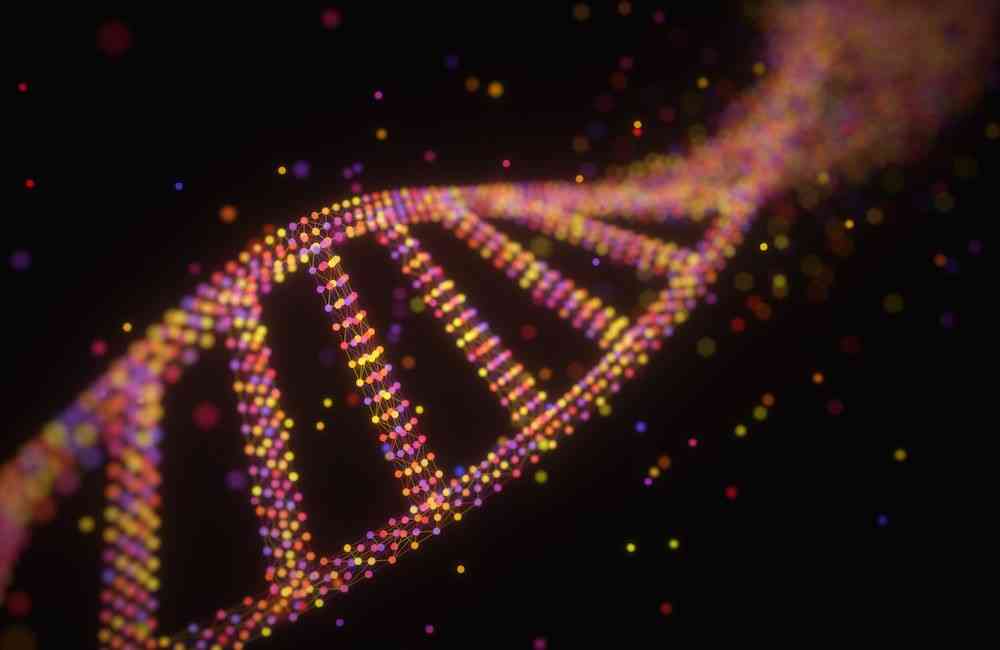
The cannabis that’s used for research in the United States is genetically different to the stuff people are smoking, says a recent study1. The finding suggests that research investigating the plant’s biological effects might not completely replicate the experience of people using commercially available strains ― something researchers have long suspected.
Scientists studying cannabis in the United States must source it from the National Center for Natural Products Research at the University of Mississippi in University. The facility holds the only license from the US Drug Enforcement Administration (DEA) to grow and distribute cannabis for research purposes, and it has a contract with the National Institute on Drug Abuse (NIDA) to give researchers access to its products.
Critics have long complained that NIDA’s pot is weaker than strains typically sold in dispensaries in states where the drug is now legal, or available on the street. The agency’s strongest variety contains more than 10% tetrahydrocannabinol (THC), the main psychoactive chemical responsible for marijuana’s ‘high’. Some street varieties contain more than 20% THC.
The DEA, which licenses labs to buy and study illegal drugs, announced in 2016 that it would allow other institutions to apply for permission to grow marijuana for research. According to news reports, dozens of applications have since been submitted. But the DEA hasn’t yet approved any of them, leaving scientists to source research strains from NIDA.
Looking at inconsistencies
The agency’s crop “doesn’t look like marijuana, it doesn’t smell like marijuana”, says Anna Schwabe, a plant geneticist at the University of Northern Colorado in Greeley, who co-authored the study comparing cannabis genomes. The paper was published in late March on the preprint server bioRxiv.
Schwabe and her colleagues looked at 49 cannabis strains from sources including NIDA and dispensaries in Colorado, California and Washington, where marijuana is legal. Their samples included one of the NIDA strains classified as having very high levels of THC (over 10%), and a second that contained a mix of THC and cannabidiol, a non-psychoactive compound with potential therapeutic properties. The team also examined wild-grown samples of hemp, a non-psychoactive cannabis strain that contains less than 0.3% THC.
The researchers compared ten genetic markers across each sample: they chose random, non-functional sections of the genome — sometimes referred to as ‘junk’ DNA — that likely weren’t influenced by evolution, to get the truest estimate of genetic diversity possible. The team found that the plants clustered into two genetic categories: drug-type strains and hemp-like strains. According to this classification, the genomes of NIDA’s two varieties looked more like hemp than the marijuana typically used as a drug. “I personally don’t think they’re providing something that’s similar to what any patient could get their hands on,” Schwabe says.
Mahmoud ElSohly, who directs the cannabis program at the University of Mississippi, says that his lab seeks to create consistency in research cannabis — not to approximate strains found on the street or in dispensaries. “That’s not our charge,” he says. “We’re here to prepare standardized material for research.”
If other labs gained DEA permission to grow cannabis for research, scientists could begin comparing strains, says ElSohly.
Explaining differences
Investigating ten genetic markers is a good start, says Harm Van Bakel, a geneticist at the Icahn School of Medicine at Mount Sinai in New York City. But he would like to see studies that compare a broader range of genetic markers across marijuana strains to get a better picture of their differences.
Jonathan Page, chief scientific officer at Aurora Cannabis, a research institute in Vancouver, Canada, agrees that the study is interesting. But he’d also like to see work investigating how the genetic differences between research and commercial marijuana affect people. Strains could have the same levels of THC, but produce different effects because of other chemicals in the plants that interact with the body, says Page.
He cautions against dismissing the NIDA cannabis on the basis of the study, however. “I think it does need to catch up its practices with what’s in the marketplace these days, but it’s not like it’s not cannabis,” he says.
Original Article Published May 2, 2019 on Nature.com